Apr 3, 2012 | Experimental Lettering, Journal: Wayfinding, Recent Posts
Last week Christopher Hoff, one of our best plein air painters, passed away far too soon, too young, a huge shock to the community. I had fallen in love with his work, much of which is about the street, and which often featured the Walking Man and other signs that are part of my real and mental landscape. On Facebook and the blogosphere people have posted beautiful tributes, one of which is from Joey Veltcamp which you can read here.
Christopher's passing, and the equally sad passing of the fine calligrapher and font designer Teri Kahan has put me in a reflective mood about life in general. How quickly our days are consumed and how easy it is to lose track of what is important. Typography and lettering design are my job, but also my passion. I pulled out my journal to remind myself to stay on track. From Wayfinding:
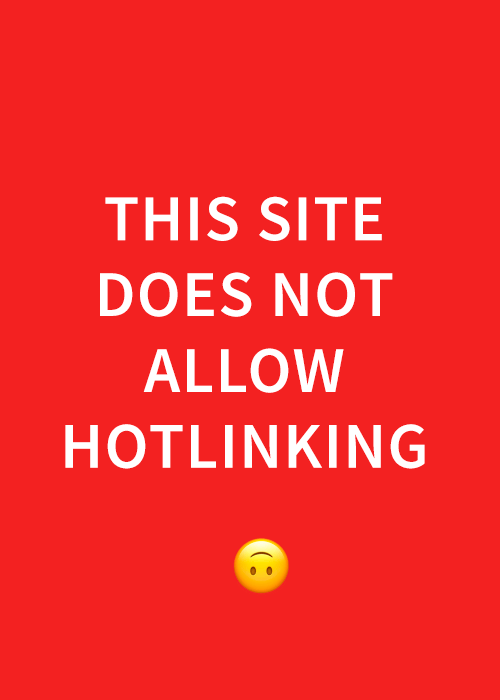
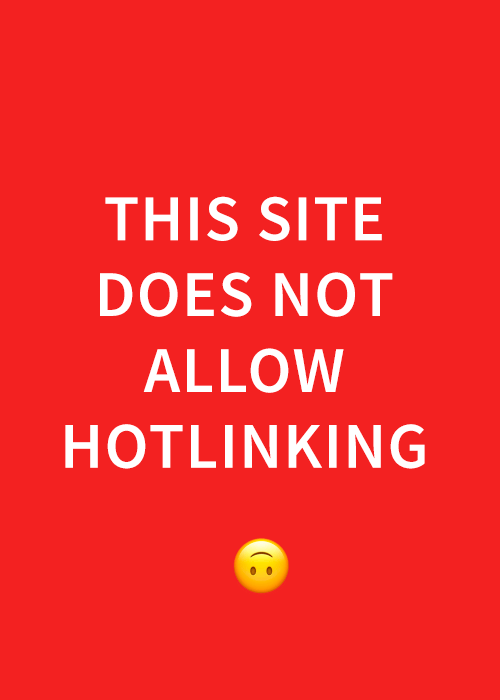
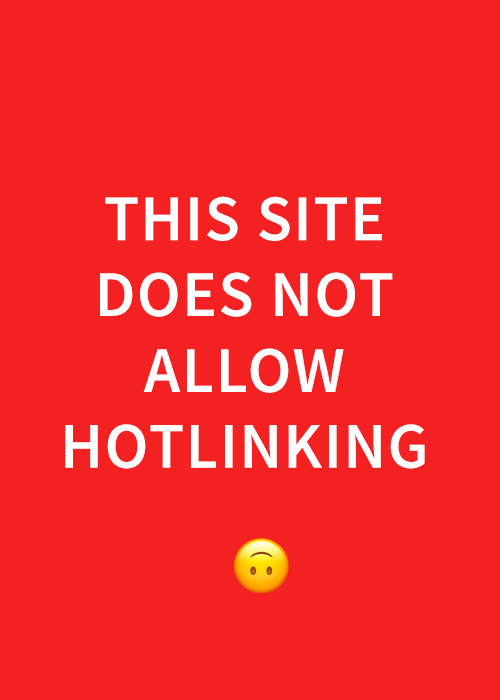
© Iskra Johnson
Pages from this journal have been published in Martin Dawber's New Illustration with Type
Jan 25, 2012 | Experimental Lettering, New Work, Recent Posts
When I do expressive calligraphy, expression wins out over technique and traditionally beautiful lettering design. What matters most is the personality of the words, and in this case, the personality of the coffee customer.
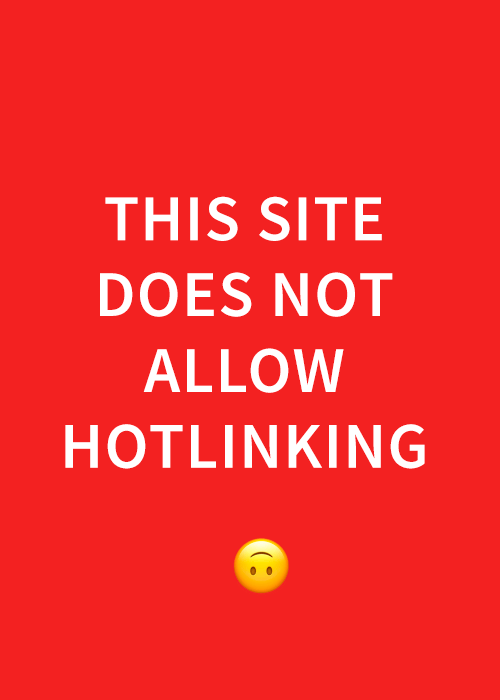
I live in Coffee Town USA, yes, that would be Seattle, and I am a confirmed devotee. I do love to watch how people order their favorite drinks. Particularly those people who request the "no-foam-no-caf-non-fat—latte?" I mean, what is this? This is not a latte. It's simply a state of denial. But then I'm in the camp of coffee-is-a-vehicle-for-cream, or why bother.
This piece is done in watercolor, guache, felt pen, pointed pen, brush and a variety of brushes. It was created as part of my ongoing fascination with letterforms as an expression of voice. I see my job as a contemporary lettering artist as being a channel for character. I'm not a stylist with a "hand" but a character actress, making visible the intangibles of tone of voice, personality and unique DNA.
See more expressive calligraphy and calligraphic illustration at www.iskradesign.com.
Jan 21, 2012 | Experimental Lettering, New Work, Recent Posts
It snowed this week. Power was intermmitant and I had to shut down my computer for awhile. It gave me time to look out the window and slow down. It was truly lovely, especially at night, when I went for long walks. In the morning the light in the studio was luminous and bright, and I didn't need to turn on any lamps.
I mixed some water the color of the sky and the snow and the stellar's blue jay on the roof, and did some loose expressions of "SnowDay." Often my work is highly refined for reproduction, and must be absolutely legible. My only task here was to please myself and it did not matter if the words could be read from thirty feet away. It's like skiing, using a pen this way. The paper is just like snow, velvety and welcoming, and forgiving you if you fall.
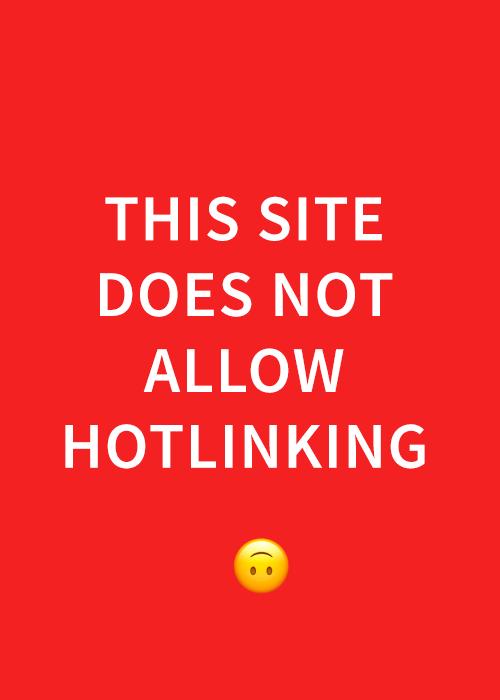
Edged Pen with Pelican Tusche and Cobalt Blue on Teton Cover and Karma Cover.
See more expressive lettering at www.iskradesign.com
Feb 6, 2011 | Current Affairs, Experimental Lettering, Lettering & Design: Essays, Recent Posts |
I had never heard of Taylor Mali or Ronnie Bruce, until their creative marriage of text and spoken word came my way in the form of this tremendous piece on Vimeo. Ronnie Bruce claims he knew nothing about typography when he created the animated type for Mali's poem "Totally like whatever, you know?" for a class two years ago. If this is the case then it is a rare example of ignorance leading to elegance. Ronnie, please, do more! Taylor Mali I discovered, is famous to everyone but me, and I am just catching up.
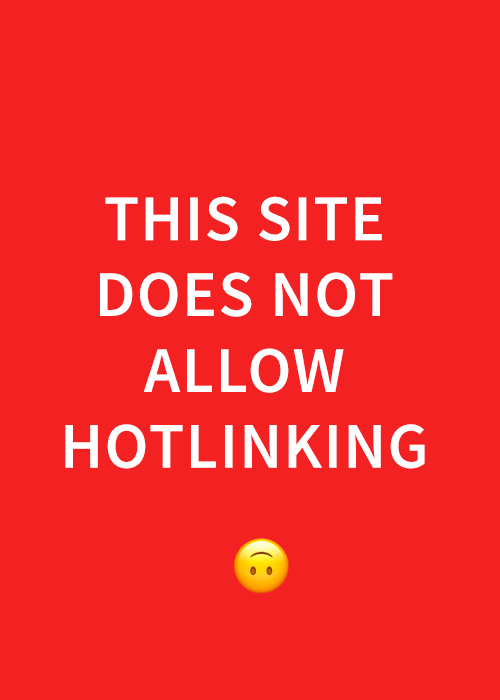
Click here to see the video
The poem itself is a critique of the "valley-speak" language epidemic among those between 2 years old and now reaching into the 40's. It is easy to make fun of the shallow upward arcing phrasing of the "please like me no matter what I say" generation. But it becomes a serious cultural problem when the generation expands upward and people show no sign of growing out of it. In contrast, I think of the street protestors in Egypt demanding removal of their president. I hear no equivocation, no need to be liked. How differently it would play if the crowds spoke in the tone of the entitled American forever-20-something: "Hey Hosni, could you like sort of step aside? Hey like so we could have maybe more equal distribution of resources, water, food, jobs, not that we really care that much?" (Of course that brings up the other question, can language supress revolution? What if they gave a revolution but the populace, so accustomed to a different kind of language, had no idea how to add an exclamation point to their demands?)
And yet, as one critic on Vimeo noted, recognizing the fallibility of one's own opinions is an important and often missing piece of contemporary dialogue. Extremists on all sides shout loudly and with no admission of gray zones, introspection or ambiguity. The tone set by ideology never allows for actual exchange of world views or what we think of as conversation. We seem to have lost the middle zone of thoughtful and considered opinion, delivered in the kind of tone of voice that takes responsibility and asks for the same in return. This voice doesn't ask for praise or try through the sleight of hand of syntax to avoid conflict, it asks for connection.
Taylor's poem takes on this issue beautifully. Although it is sly and bitingly funny, it works as far more than entertainment: it is a call to linguistic arms. Interestingly, when I read the poem in its simple "print" version it did not hold up as a work of art. It is Taylor's timing and twists of tone, amplified by the intuitive typography, which bring it alive. The message is dramatized by the tension between the authoritative believability embedded in "set type" and the helplessly noncomittal voiceover. The text moves from simple declarative sans serif, which continually undermines itself by turning upside down, sliding sideways or flirtatiously winking, to a more stately serif font as it makes its final point:
"I entreat, I implore you, I exhort you, I challenge you: To speak with conviction."
Nov 22, 2010 | Experimental Lettering, Found Alphabets & Street Poetry, Recent Posts
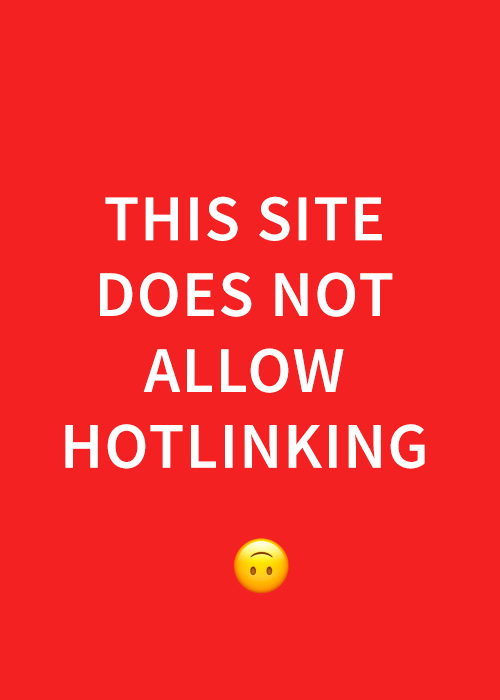
© Iskra Johnson 2010
Who needs to study with the Asian masters? Just get out your fourwheel drive….It's the first snow of the year here. Just back from a walk for hot chicken soup with rice, thank you Maurice Sendak. I never tire of the street's positive/negative mysteries. How to make marks that have the beauty of randomness, the art of artlessness–I aspire to this.







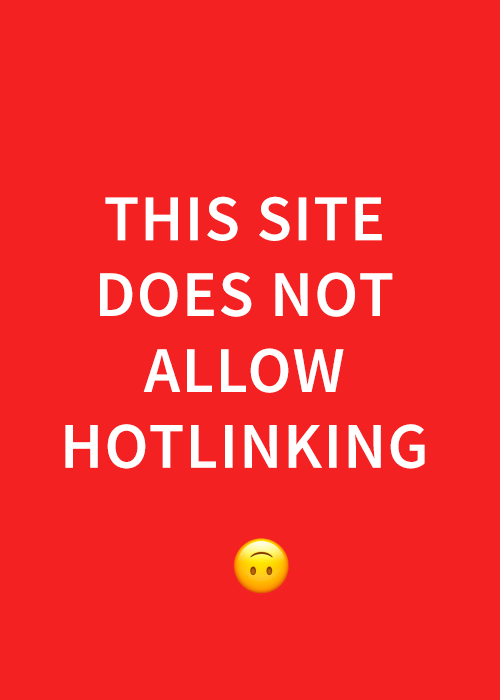 Designer, calligrapher, lettering artist.
Designer, calligrapher, lettering artist. 